In the Nazi-occupied Netherlands during World War II, a Jewish singer infiltrates the regional Gestapo headquarters for the Dutch resistance.
Related Movies

Life and Death on the Shore (2017)
Set in 1945 at the end of World War II. Saku arrives on Kakeromajima as the head of navy special forces. He is admired by the children on the island and he is interested in learning the island song as well as drinking with his men. Toe is an elementary school teacher on Kakeromajima and she has feelings for Saku.

Hanna's War (1988)
Hanna's War is the true story of Hanna Senesh, a Hungarian-Jewish WW2 resistance fighter, who would become Israel's "Joan of Arc". As a young person, she fled Nazi-occupied Hungary for Palestine, where she was recruited and trained by the British to serve as a commando. After completing her training in Britain, she parachutes into Yugoslavia with a commando team to establish escape routes across the Hungarian-Yugoslavian border for downed British pilots. Her attempts to save Hungarian Jews in Nazi-occupied Hungary, however, leads to her capture, torture and demise at the hands of the Gestapo and the Nazi-controlled Hungarian police.
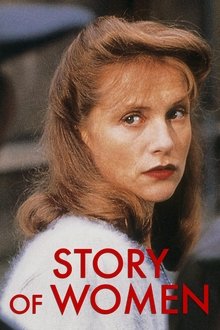
Story of Women (1988)
France, World War II. In order to somehow make ends meet, the mother of two children, Marie Latour, does underground abortions and rents a room to a familiar prostitute. She doesn't pay any attention to her husband, who returned from the war because of his injury and lives her own life. Abortions gradually begin to bring a good income, and boredom can be easily dispelled by starting a young lover.
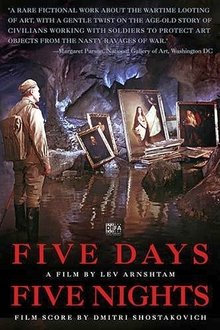
Five Days, Five Nights (1961)
Five Days, Five Nights (Fünf Tage, Fünf Nächte) takes place in Dresden in the immediate aftermath of the Second World War. While Dresden is in ruins, over two thousand paintings by artists including Rembrandt, Raphael, Rubens, Giorgione, and Vermeer have disappeared from the city’s Old Masters Picture Gallery. Red Army captain Leonov and his soldiers have been ordered to recover the lost paintings. During the next five days, Dresden’s residents join the search for the collection. A secret Nazi document offers a first lead…
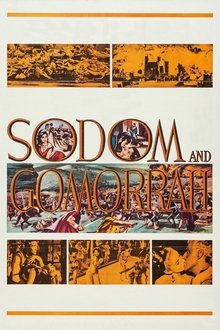
Sodom and Gomorrah (1962)
Lot leads his people to a fertile valley adjacent to the cities of Sodom and Gomorrah, hotbeds of vice and corruption ruled by the merciless Queen Bera. When Lot orders a dam to be busted in order to prevent the destruction of the cities by the attacking Helamites, the queen, in gratitude, allows Lot's people to settle in Sodom. Soon, however, the veneer of civilization begins crumbling as Lot and the Hebrews become corrupted by the Sodomites.
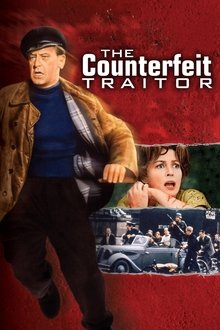
The Counterfeit Traitor (1962)
Blacklisted in modern day WW2, a Swedish oil trader opts to assist British Allies, by means of infiltrating and surveying Nazi Germany.
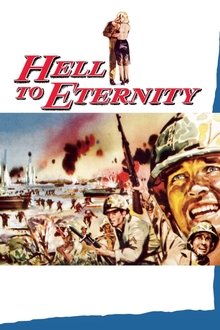
Hell to Eternity (1960)
Based on the story about Guy Gabaldon, a Los Angeles Hispanic boy raised in the 1930s by a Japanese-American foster family. After Pearl Harbor, his foster family is interned at the Manzanar camp for Japanese Americans, while he enlists in the Marines, where his ability to speak Japanese becomes a vital asset. During the Battle of Saipan, he convinces 800 Japanese to surrender after their general commits suicide.
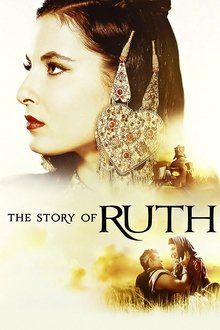
The Story of Ruth (1960)
Ruth is one of two Moabite women who marry the sons of Elimelech and Naomi. When Elimelech and sons Mahlon and Chillion die, leaving Naomi a widow with two widowed daughters-in-law, Naomi decides to return to Israel. One daughter-in-law, Orpah, bids her goodbye. Daughter-in-law Ruth however says she will not desert her.

Jacquot (1991)
Jacquot Demy, the son of a garage owner and a hairdresser, is fascinated by cinema and decides to pursue his dream of becoming a filmmaker by any means necessary.
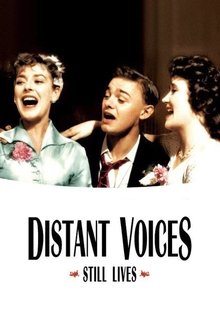
Distant Voices, Still Lives (1988)
Siblings Maisie and Tony, along with their mother, gather for their sister Eileen's wedding. It is a joyous occasion, but through flashbacks, it becomes clear that the family was not always happy. Their father was physically abusive to his wife and left the children emotionally traumatized. As a result, the children have grown into unhappy adults, looking for love they didn't receive when they were young.
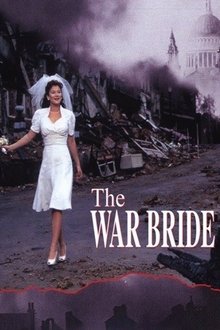
The War Bride (2001)
During World War II, a Cockney woman marries a Canadian soldier and adjusts to life in Alberta.
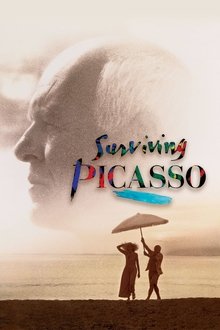
Surviving Picasso (1996)
The passionate Merchant-Ivory drama tells the story of Francoise Gilot, the only lover of Pablo Picasso who was strong enough to withstand his ferocious cruelty and move on with her life.

Goodbye, Columbus (1969)
A Jewish man and a Jewish woman meet, and while attracted to each other, find that their worlds are very different. She is the archetypal Jewish American Princess — very emotionally involved with her parents' world and the world they have created for her, while he is much less dependent on his family. They begin an affair which brings more differences to the surface.
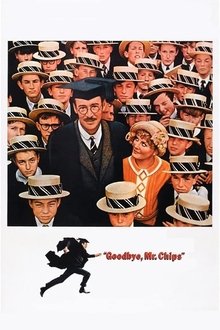
Goodbye, Mr. Chips (1969)
Academy Award-honoree Peter O'Toole stars in this musical classic about a prim English schoolmaster who learns to show his compassion through the help of an outgoing showgirl. O'Toole, who received his fourth Oscar-nomination for this performance, is joined by '60s pop star Petula Clark and fellow Oscar-nominee Michael Redgrave.
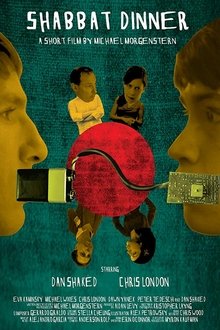
Shabbat Dinner (2012)
Shabbat Dinner is boring as usual for William Shore. His mother has invited two crazy hippies and their son and is doing her best to show off, his father is drunk and berating their oddball guests, and he doesn't have much in common with their son Virgo. That is, until Virgo tells him that he has just come out as gay.

Lucky Number Slevin (2006)
Slevin is mistakenly put in the middle of a personal war between the city’s biggest criminal bosses. Under constant watch, Slevin must try not to get killed by an infamous assassin and come up with an idea of how to get out of his current dilemma.
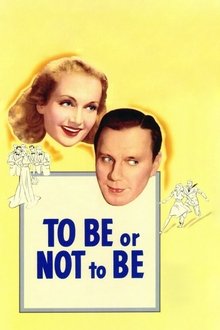
To Be or Not to Be (1942)
During the Nazi occupation of Poland, an acting troupe becomes embroiled in a Polish soldier's efforts to track down a German spy.
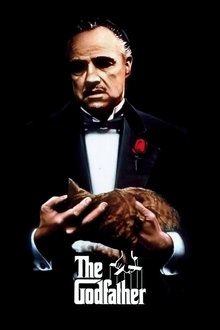
The Godfather (1972)
Spanning the years 1945 to 1955, a chronicle of the fictional Italian-American Corleone crime family. When organized crime family patriarch, Vito Corleone barely survives an attempt on his life, his youngest son, Michael steps in to take care of the would-be killers, launching a campaign of bloody revenge.
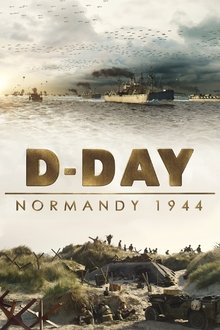
D-Day: Normandy 1944 (2014)
June 6, 1944: The largest Allied operation of World War II began in Normandy, France. Yet, few know in detail exactly why and how, from the end of 1943 through August 1944, this region became the most important location in the world. Blending multiple cinematographic techniques, including animation, CGI and stunning live-action images, “D-Day: Normandy 1944” brings this monumental event to the world’s largest screens for the first time ever. Audiences of all ages, including new generations, will discover from a new perspective how this landing changed the world. Exploring history, military strategy, science, technology and human values, the film will educate and appeal to all. Narrated by Tom Brokaw, “D-Day: Normandy 1944” pays tribute to those who gave their lives for our freedom… A duty of memory, a duty of gratitude.
